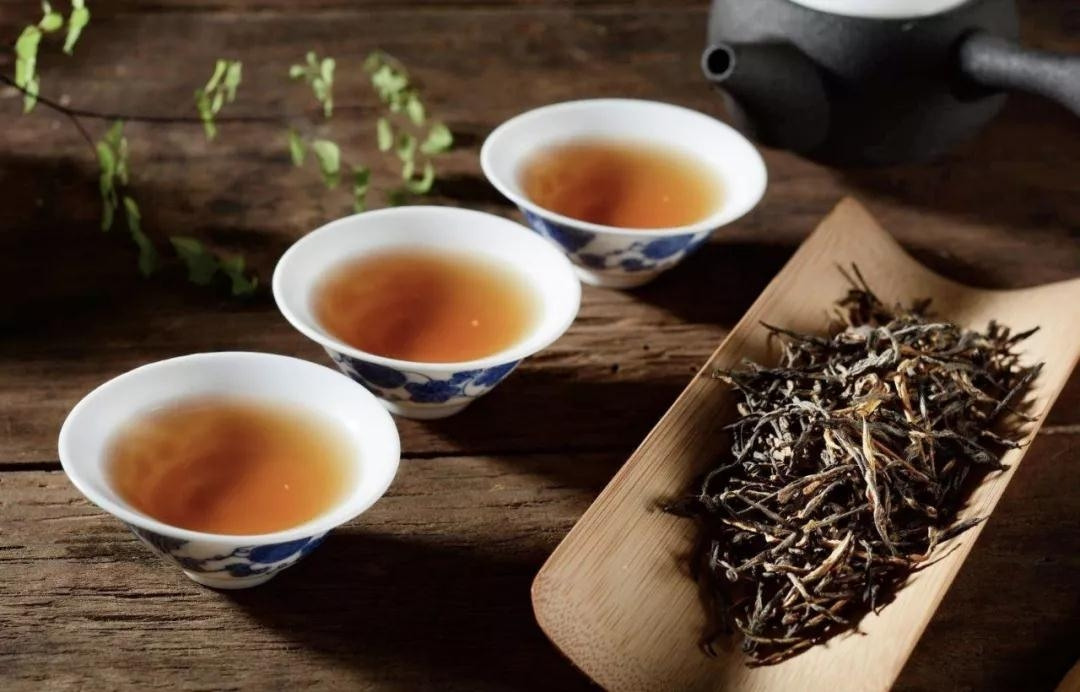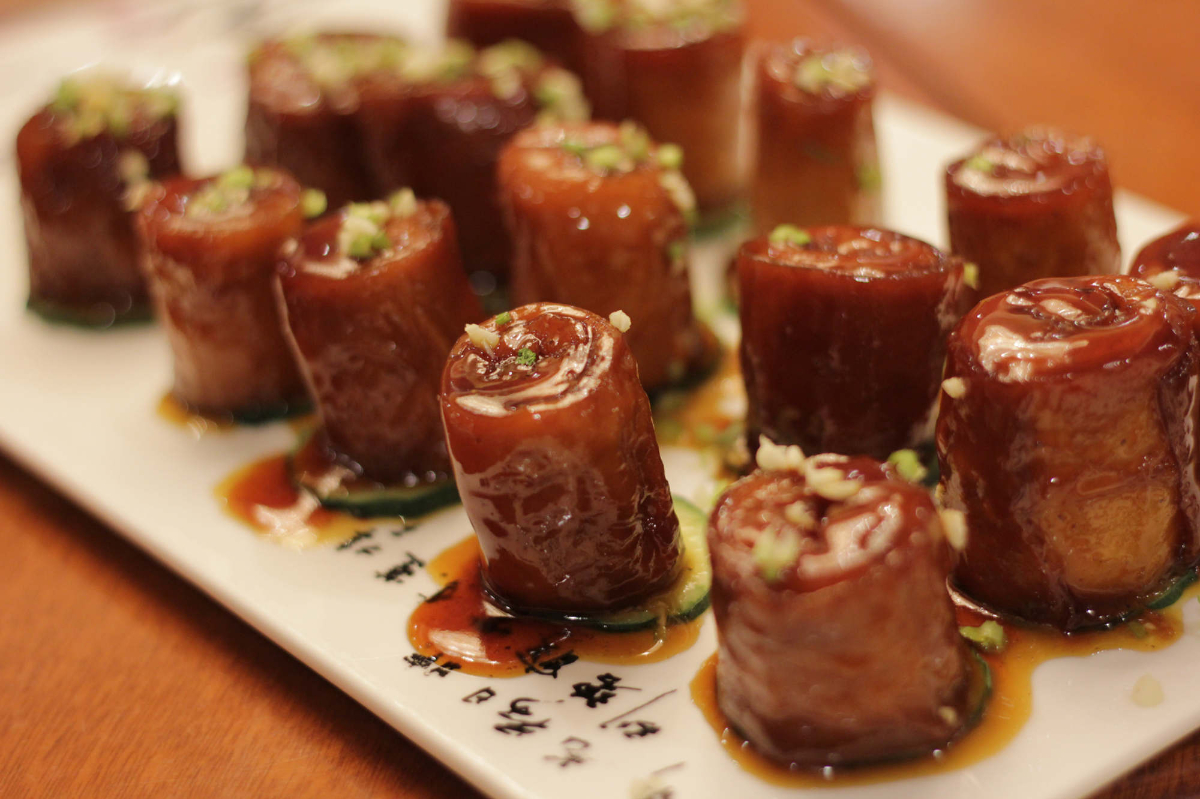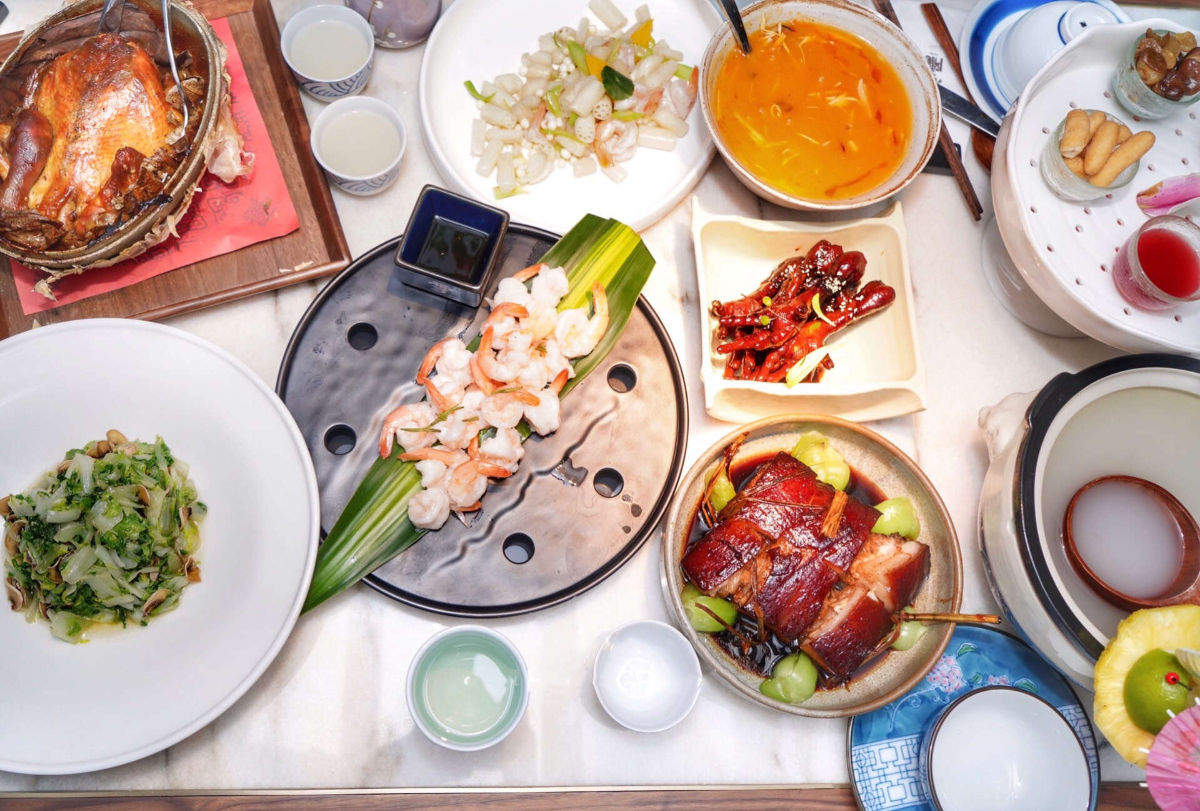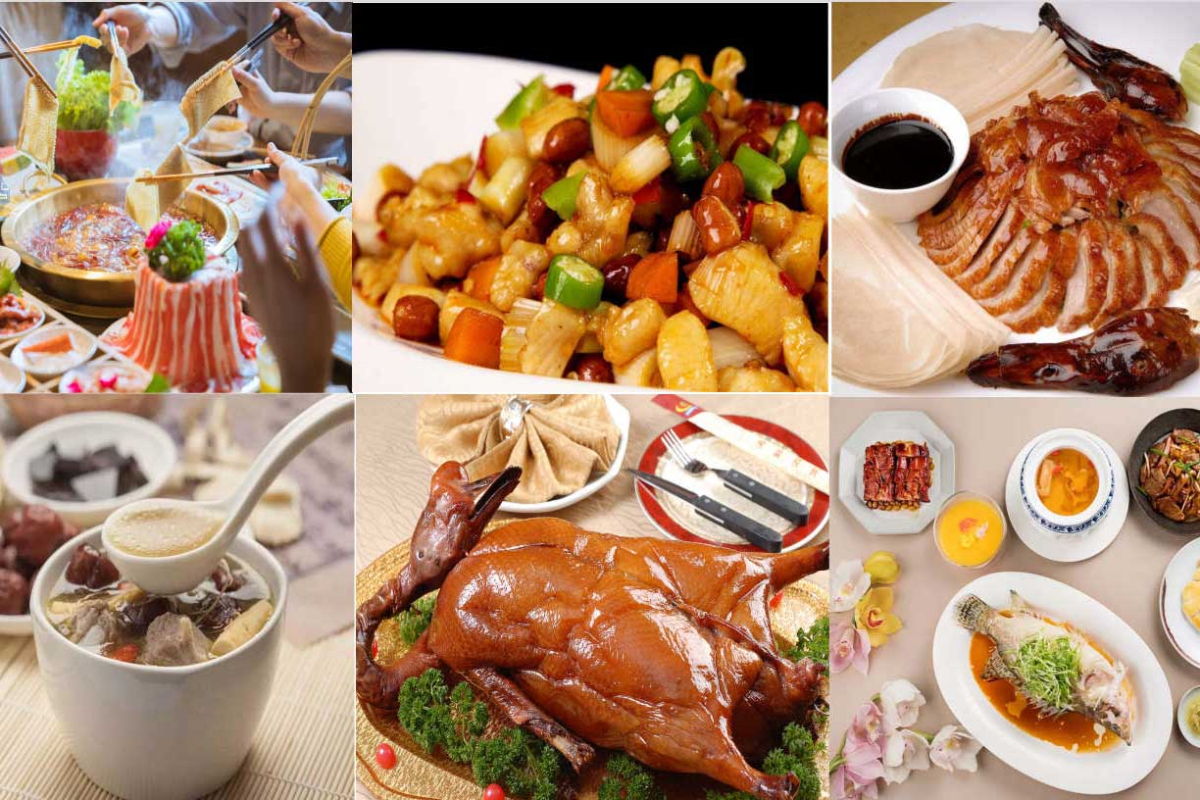A Brief Introduction of Chinese Tea Culture

The practice of drinking tea has a long history in China, having originated there. The history of tea in China is long and complex, for the Chinese have enjoyed tea for millennia. Scholars hailed the brew as a cure for a variety of ailments; the nobility considered the consumption of good tea as a mark of their status, and the common people simply enjoyed its flavour. In 2016, the discovery of the earliest known physical evidence of tea from the mausoleum of Emperor Jing of Han in Xi'an was announced, indicating that tea from the genus Camellia was drunk by Han dynasty emperors as early as 2nd century BC.Tea then became a popular drink in the Tang (618–907) and Song (960–1279) Dynasties.
Although tea originated in China, during the Tang dynasty, Chinese tea generally represents tea leaves which have been processed using methods inherited from ancient China. According to popular legend, tea was discovered by Chinese Emperor Shen Nong in 2737 BCE when a leaf from a nearby shrub fell into water the emperor was boiling. Tea is deeply woven into the history and culture of China. The beverage is considered one of the seven necessities of Chinese life, along with firewood, rice, oil, salt, soy sauce and vinegar.During the Spring and Autumn period, Chinese tea was used for medicinal purposes and it was the period when the Chinese people first enjoyed the juice extracted from the tea leaves that they chewed.
Chinese tea culture refers to how tea is prepared as well as the occasions when people consume tea in China. Tea culture in China differs from that in European countries such as Britain and other Asian countries like Japan in preparation, taste, and the occasions when people consume tea. Even today, tea is consumed regularly, both at casual and formal occasions. In addition to being a popular beverage, tea is used in traditional Chinese medicine, as well as in Chinese cuisine. Green tea is one of the main teas originating in China.
● Influence on Chinese culture
Tea has had a major influence on the development of Chinese culture, and Chinese traditional culture is closely connected with Chinese tea. Tea is often associated with literature, arts, and philosophy and is closely connected with Taoism, Buddhism and Confucianism. Roughly since the Tang Dynasty, drinking tea has been an essential part of self-cultivation. Chinese Chan (similar to Japanese Zen) philosophy is also linked with drinking tea.
Teaware
Traditionally, tea drinkers were regarded as the 'academic' and 'cultural elites' of the society. The practice of drinking tea was considered to be an expression of personal morality, education, social principles, and status. Increased enthusiasm for tea drinking led to the greater production of teaware, which significantly popularized Chinese porcelain culture.
Teahouse
Ancient Chinese scholars used the teahouse as a place for sharing ideas. The teahouse was a place where political allegiances and social rank were said to have been temporarily suspended in favor of an honest and rational discourse. The leisurely consumption of tea promoted conviviality and civility amongst the participants. The teahouse is not only a minor by-product of Chinese tea culture; it offers historical evidence of Chinese tea history. Today, people can also sense a kind of humanistic atmosphere in Beijing's Lao She Teahouse and in other teahouses in East China cities like Hangzhou, Suzhou, Yangzhou, Nanjing, Wuxi, Shaoxing, Shanghai, and other places. The teahouse atmosphere is still dynamic and vigorous.
Modern culture
In modern China, virtually every dwelling—even down to the simplest mud hut—has a set of tea implements for brewing a cup of hot tea. They are symbols of welcome for visitors or neighbors. Traditionally, a visitor to a Chinese home is expected to sit down and drink tea while talking; visiting while remaining standing is considered uncouth. Folding the napkin in tea ceremonies is a traditional act in China performed to keep away bad qi energy.
Tea was regarded as one of the seven daily necessities, the others being firewood, rice, oil, salt, soy sauce, and vinegar. There are several types of tea: green tea, oolong tea, red tea, black tea, white tea, yellow tea, puerh tea and flower tea. Traditionally, fresh tea leaves are regularly turned over in a deep bowl. This process allows the leaves dry in a way that preserves their full flavor, ready for use.
● Brewing Chinese tea
The different ways of brewing Chinese tea depend on variables like the formality of the occasion, the means of the people preparing it, and the kind of tea being brewed. For example, green teas are more delicate than oolong teas or black teas; therefore, green tea should be brewed with cooler water. The most informal method of brewing tea is to simply add the leaves to a pot containing hot water. This method is commonly found in households and restaurants, for example, in the context of dim sum or yum cha in Cantonese restaurants. Another method for serving tea is to use a small lidded bowl called a gaiwan. The Hongwu Emperor of the Ming dynasty contributed to the development of loose tea brewing by banning the production of compressed tea.
Gongfu cha (Kung fu tea)
Gongfu cha, meaning "making tea with skill", is a popular method of preparing tea in China. It makes use of small Yixing teapots holding about 100–150 ml (4 or 5 fl.oz.), the size being thought to enhance the aesthetics and to "round out" the taste of the tea being brewed. Brewing tea in a Yixing teapot can be done for private enjoyment as well as to welcome guests. Depending on the region of China, there may be differences in the steps of brewing as well as the tools used in the process. For example, Taiwanese-style gongfu cha makes use of several additional instruments including tweezers and a tea strainer. The procedure is mostly applicable to oolong teas, but it is some used to make pu'er and other fermented teas.















